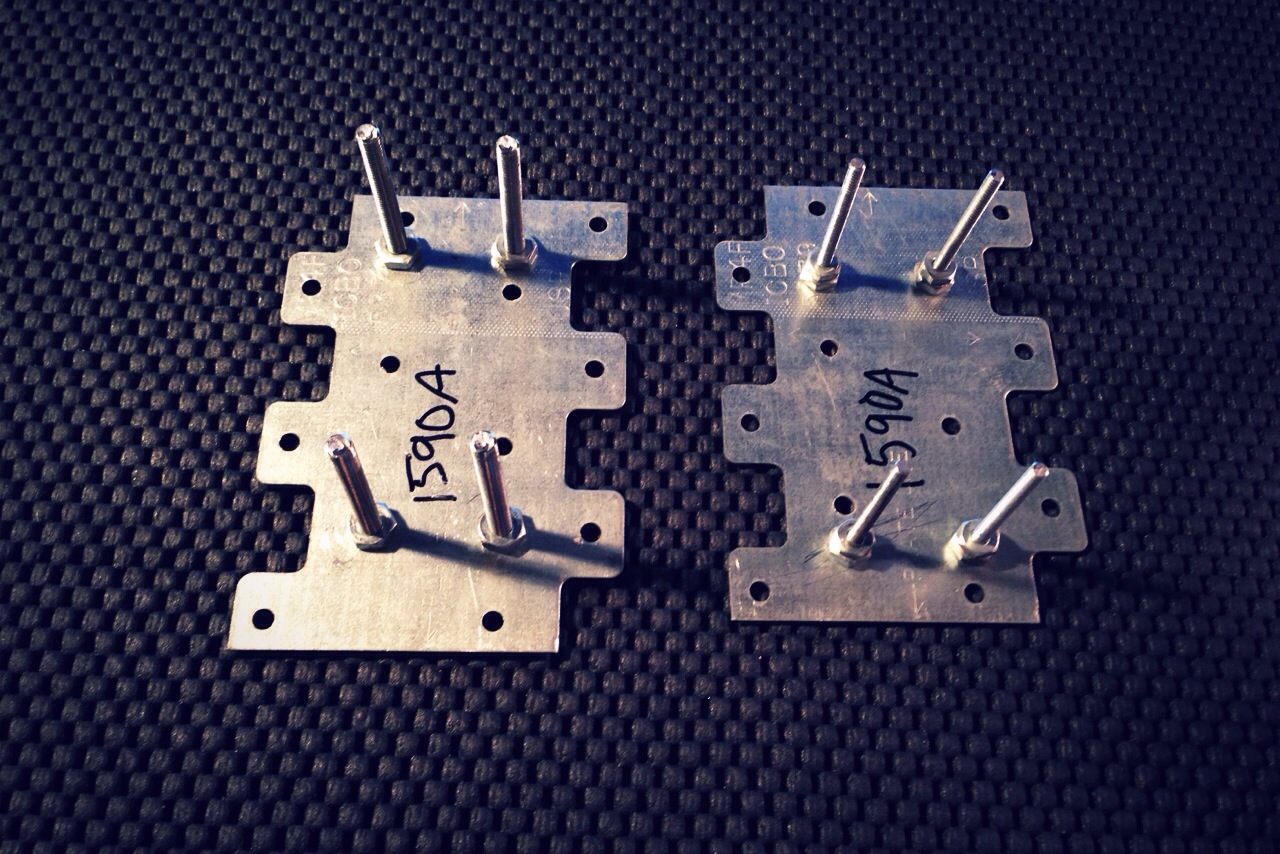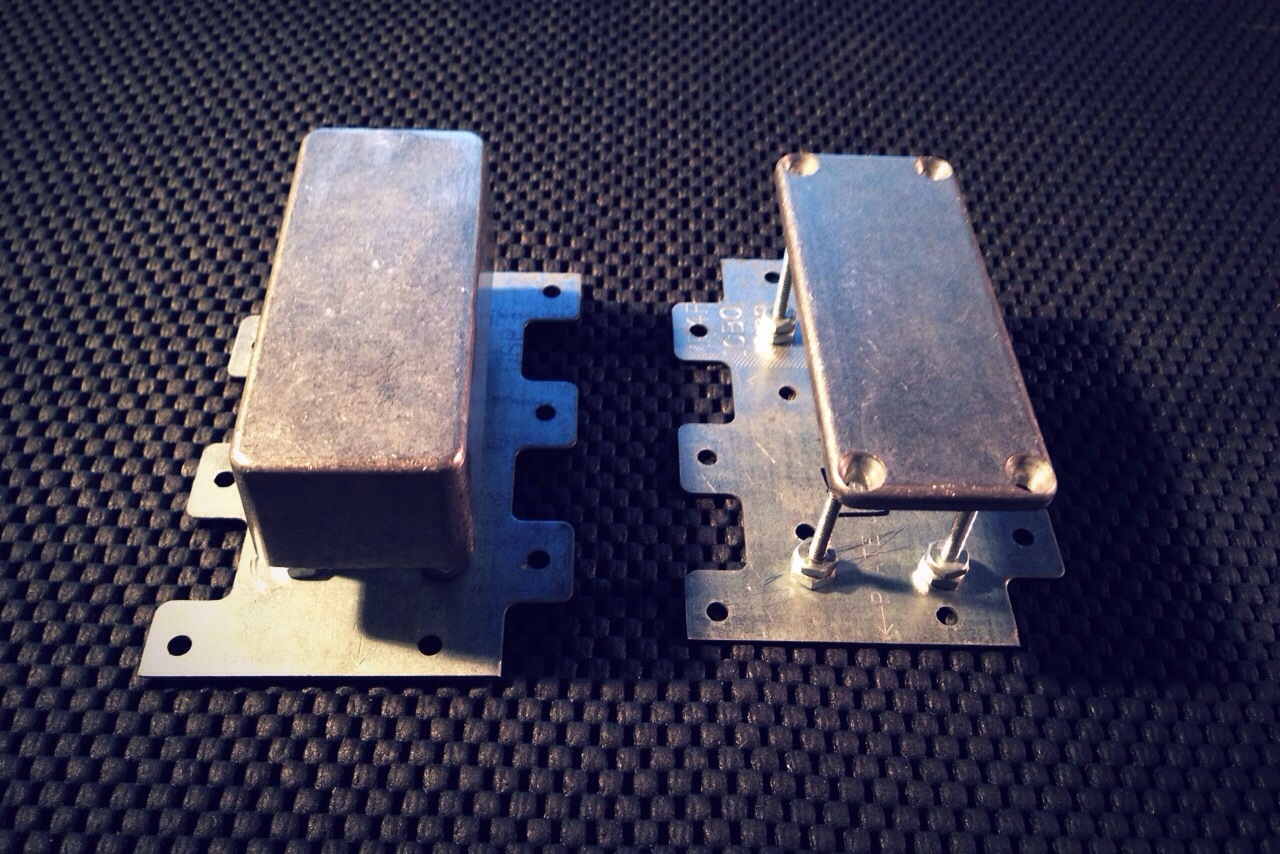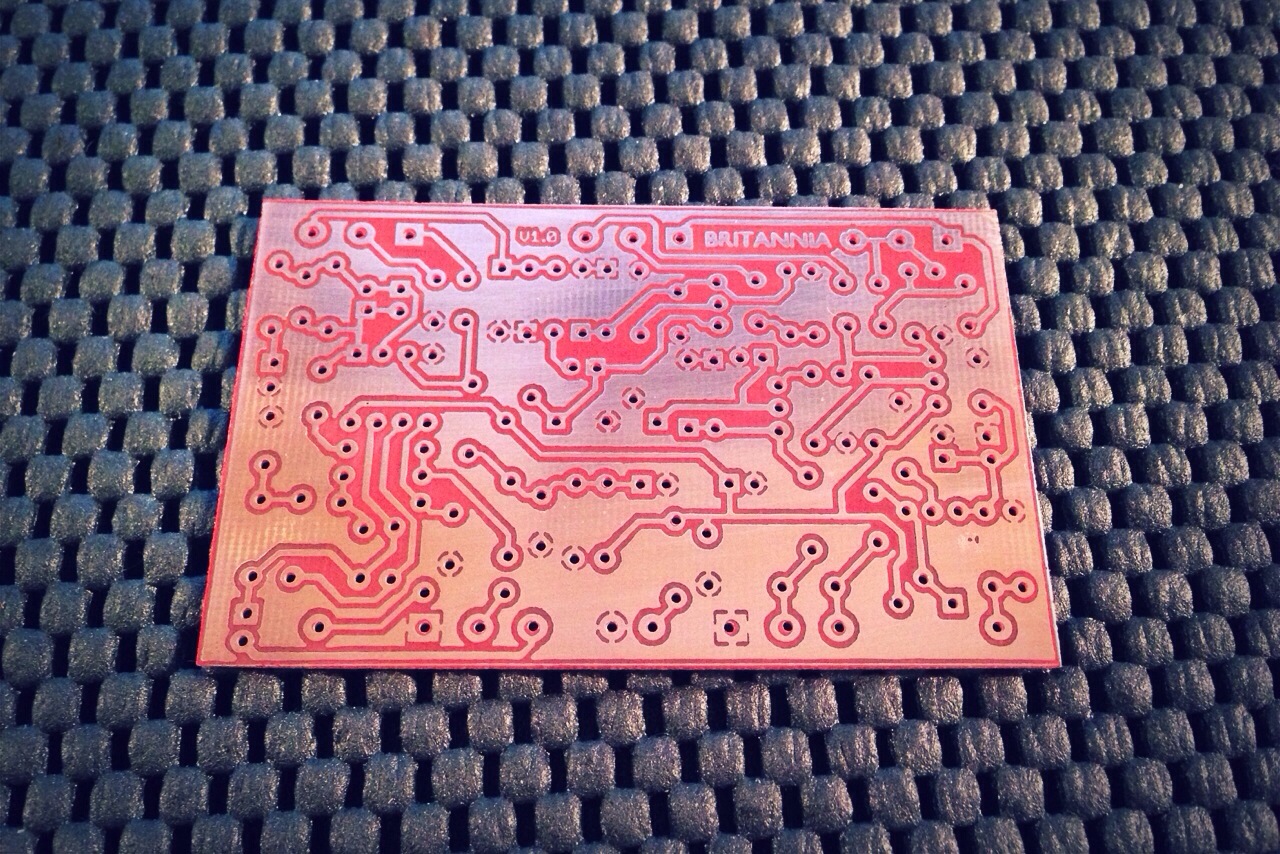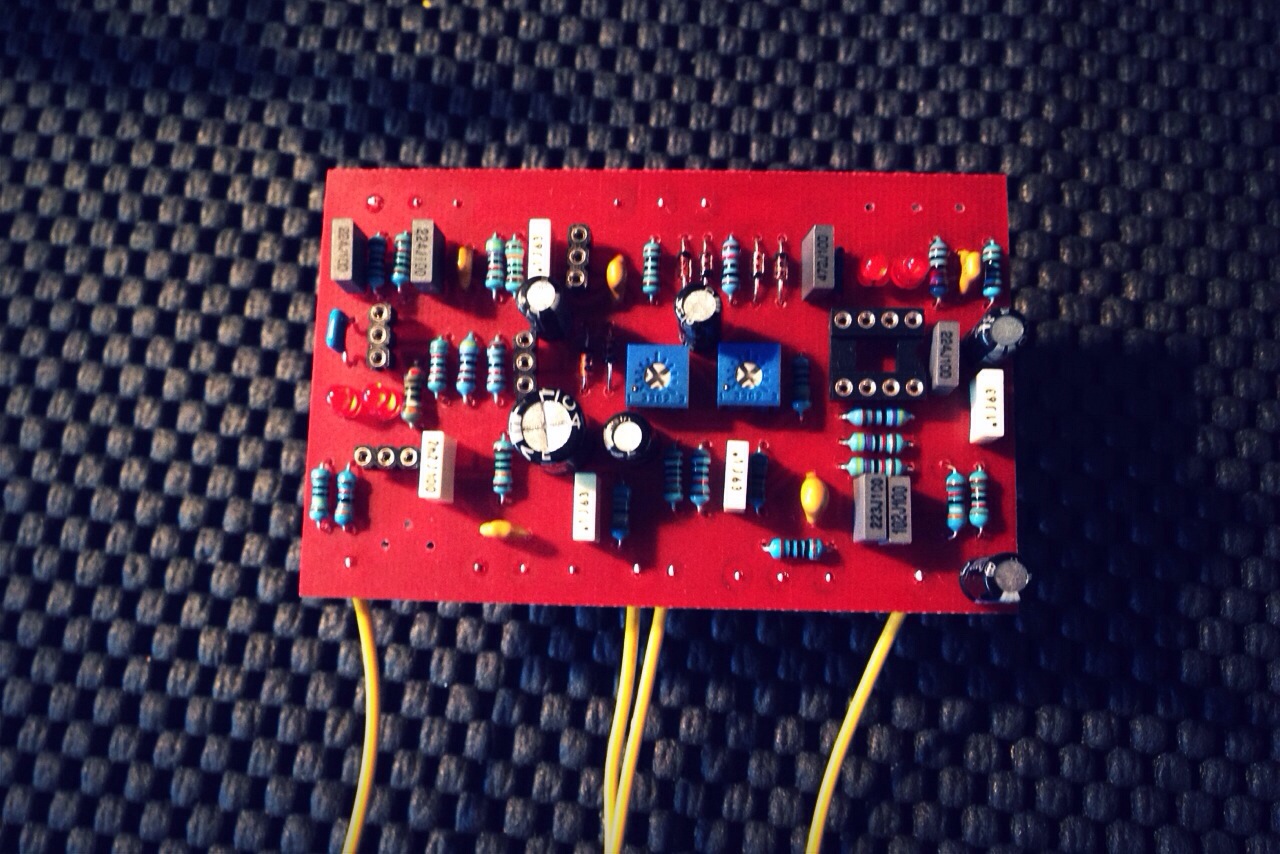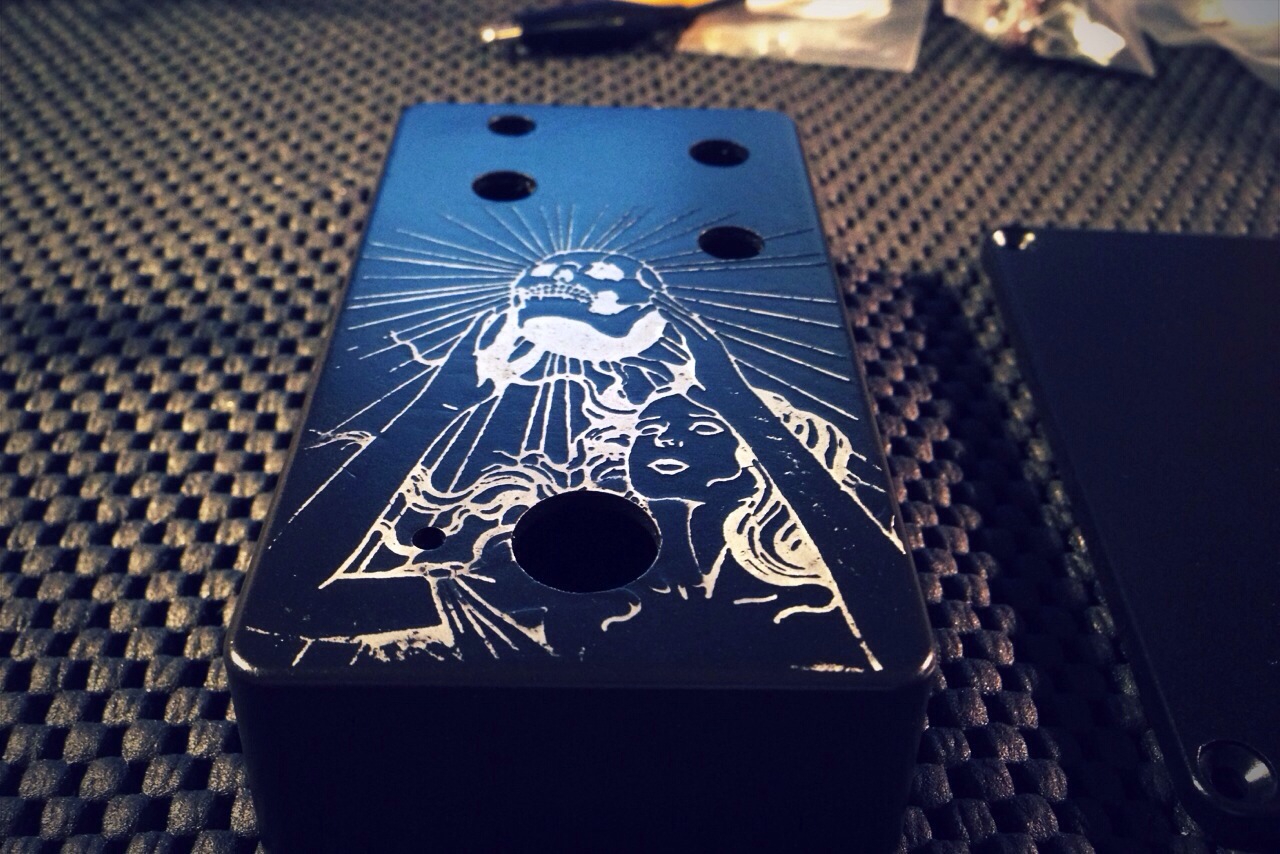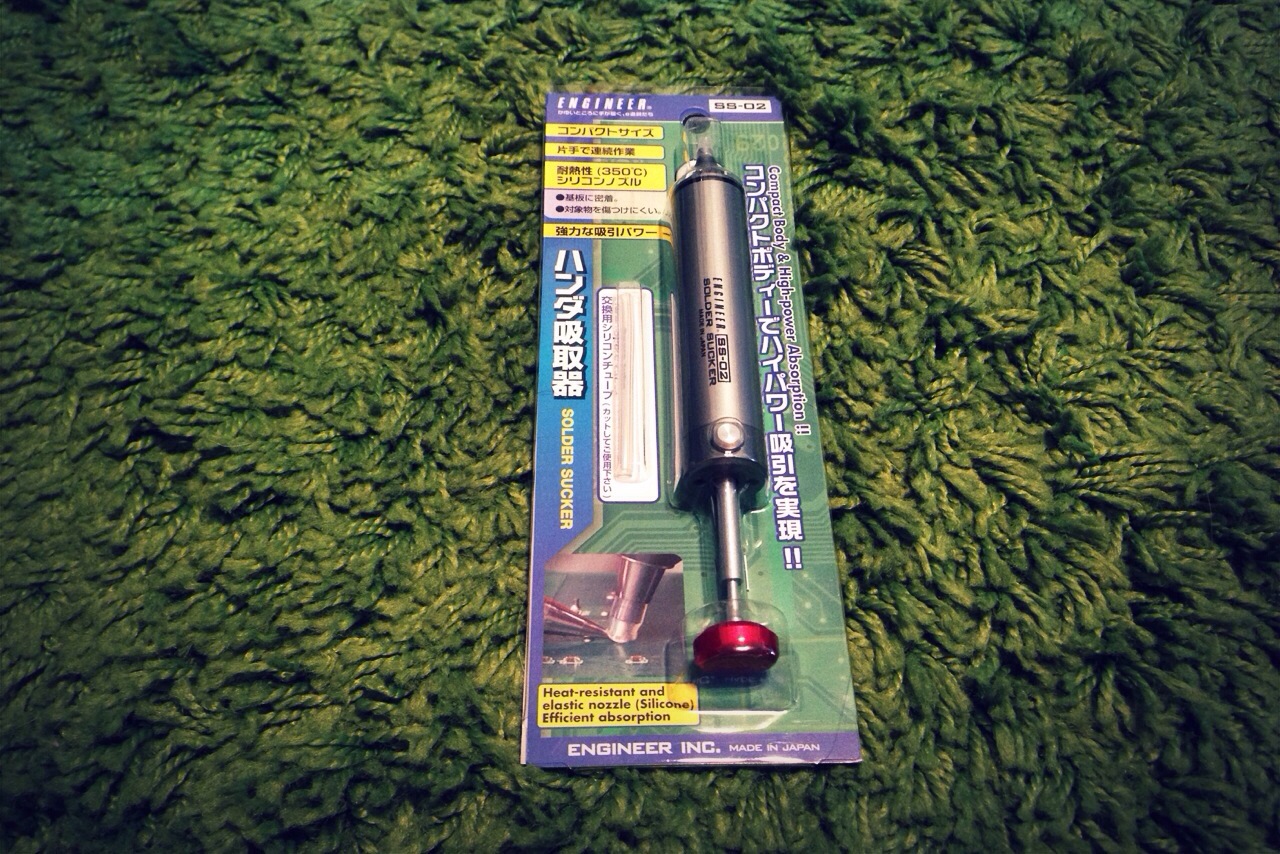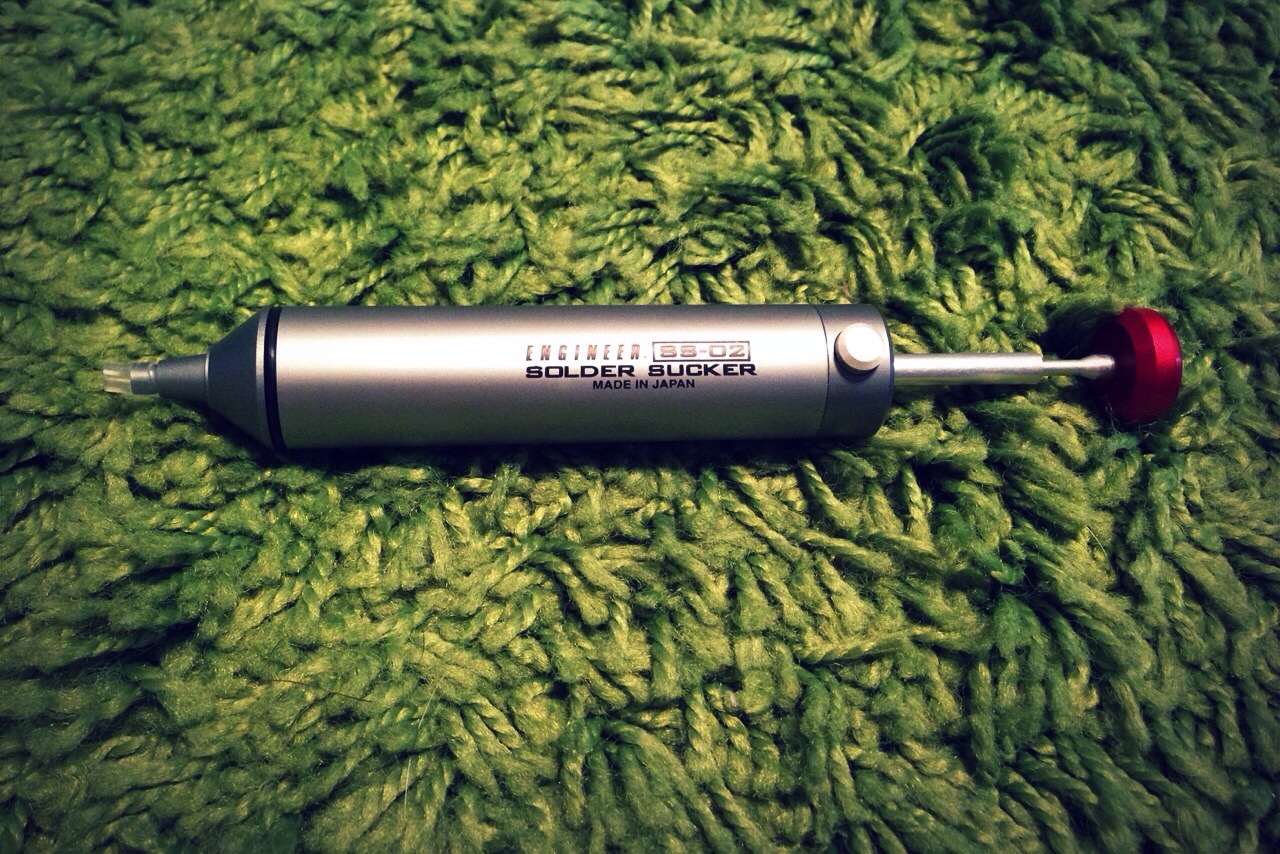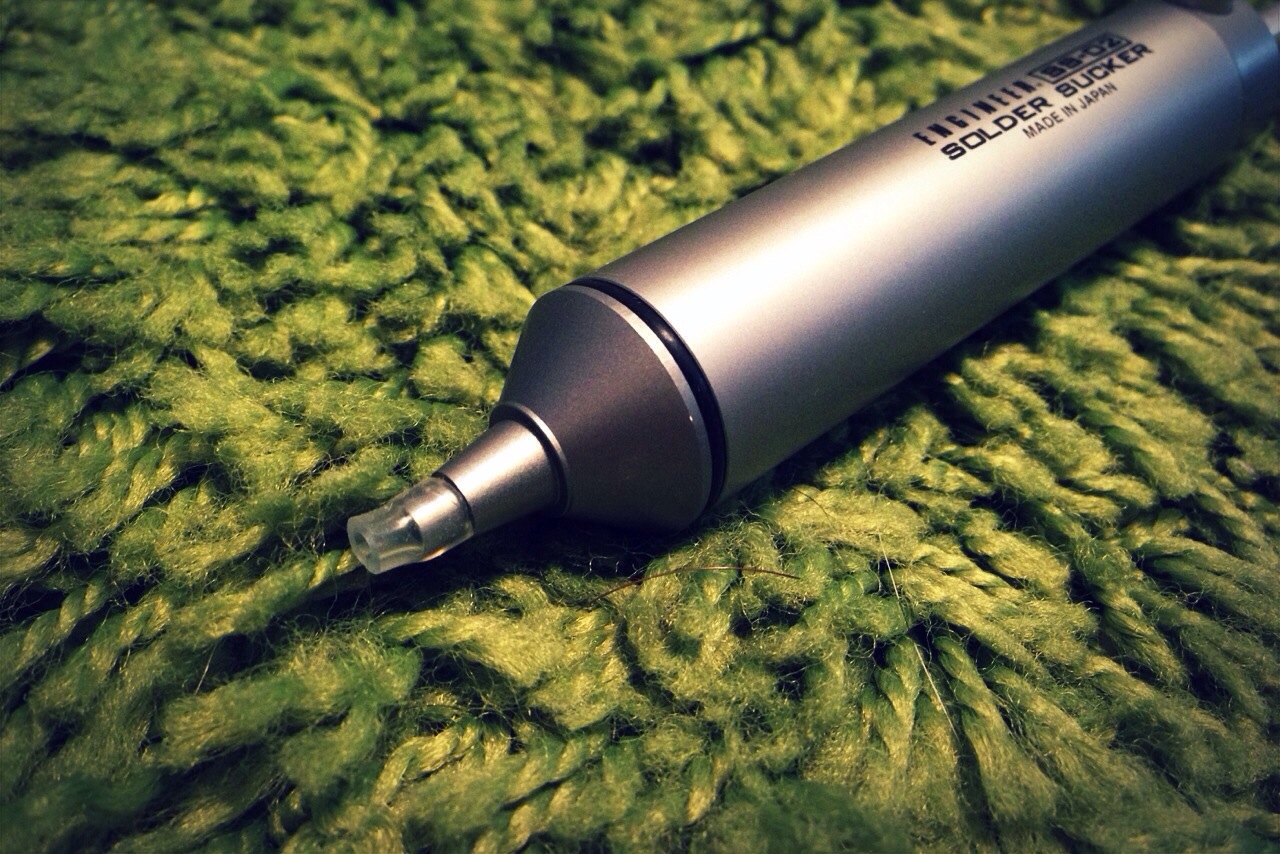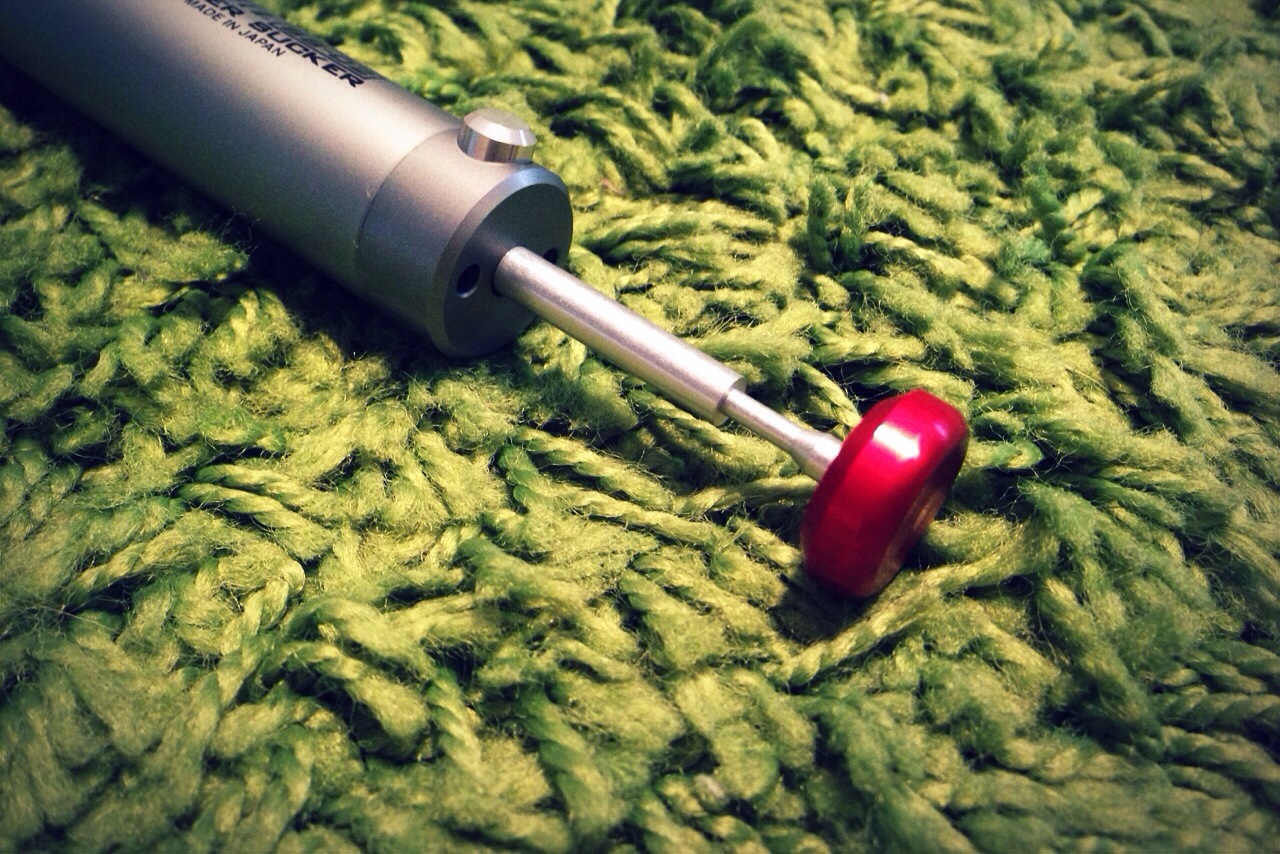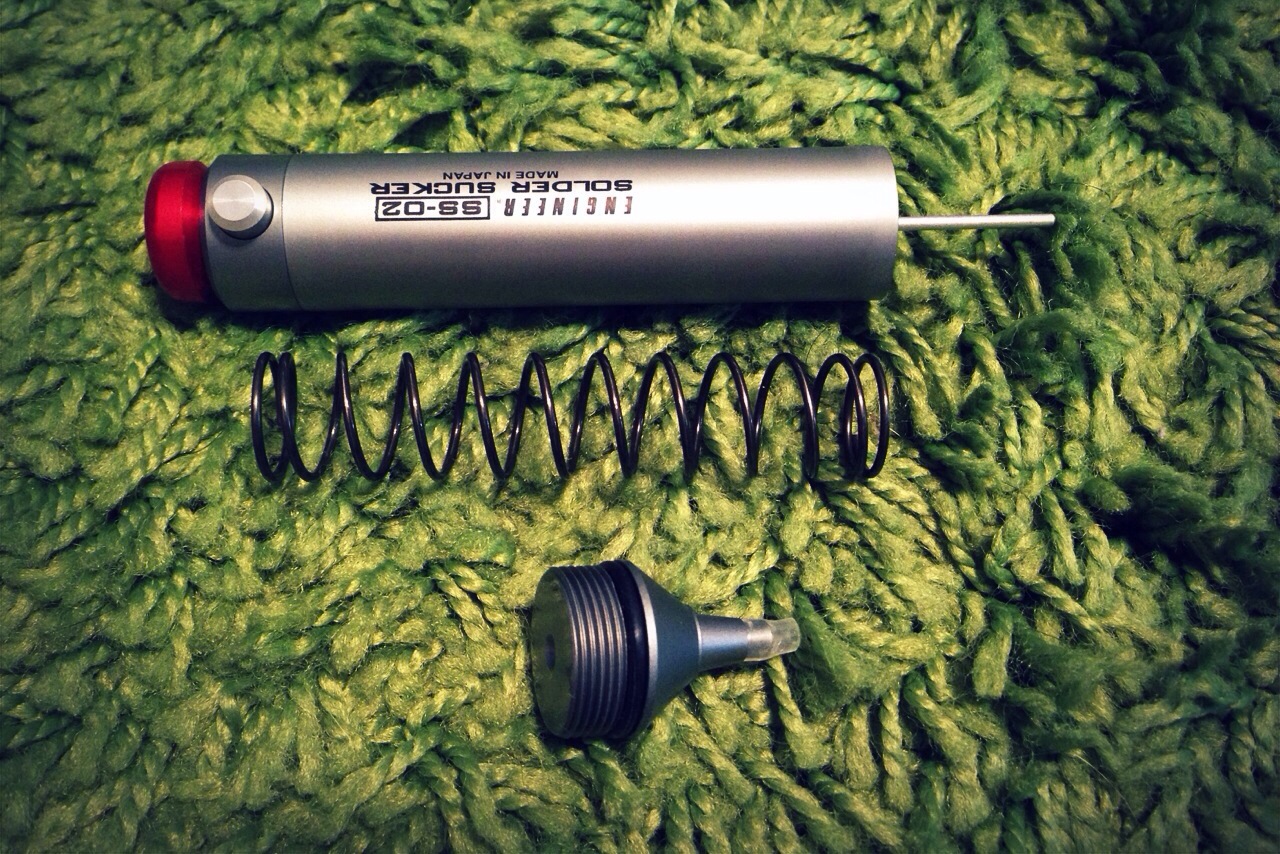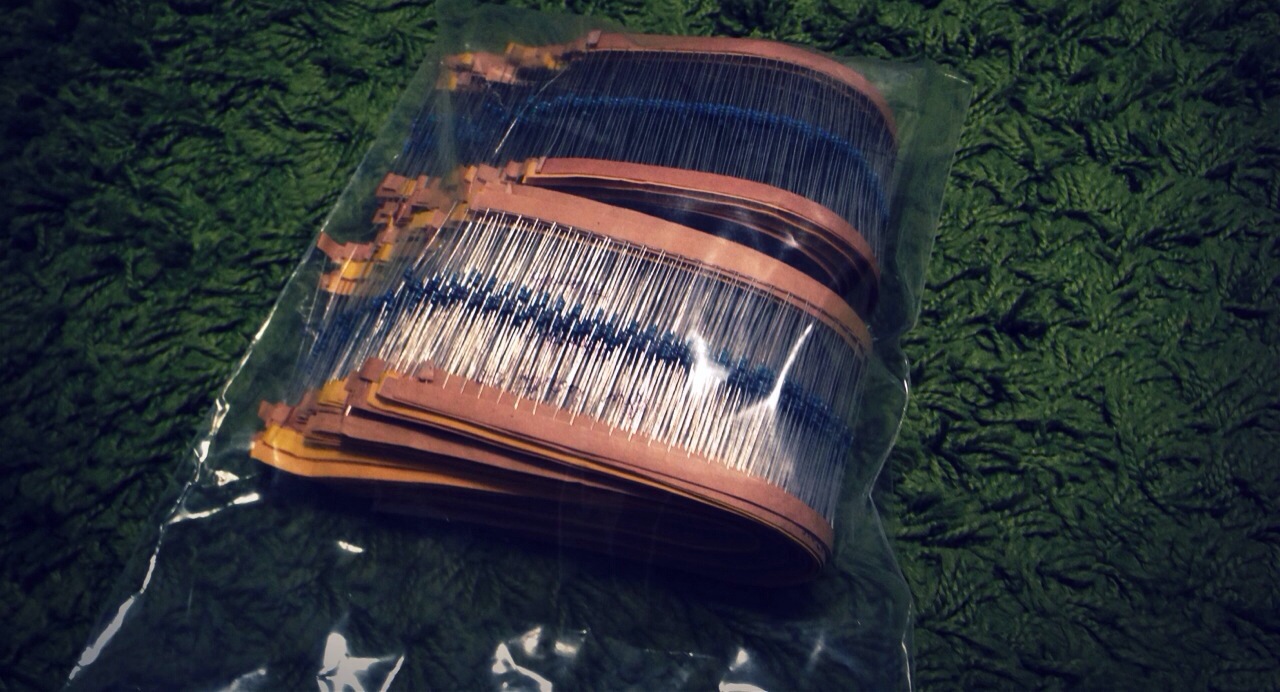Building my test rig cable
I was asked by a few this morning about the 5 pin DIN cable I made for my test rig. I took some pictures of the process and maybe they can give some others some ideas. It was pretty straight forward.
What’s needed:
- Alligator test leads
- 5 Pin DIN connector
- Shrink tube
Make sure you place the shrink tubeing and the DIN connector cover on the alligator leads before soldiering on the DIN connector. I have made that mistake a few time… time wasted.
I then soldiered each alligator lead to a pin of the DIN connector.
I then placed the connector shield together and used a bit of painters tape to hold it together before hot glueing it.
Fill the barrel/shied with hot glue and let it setup.
Shrink the tubing and secure the DIN connector















